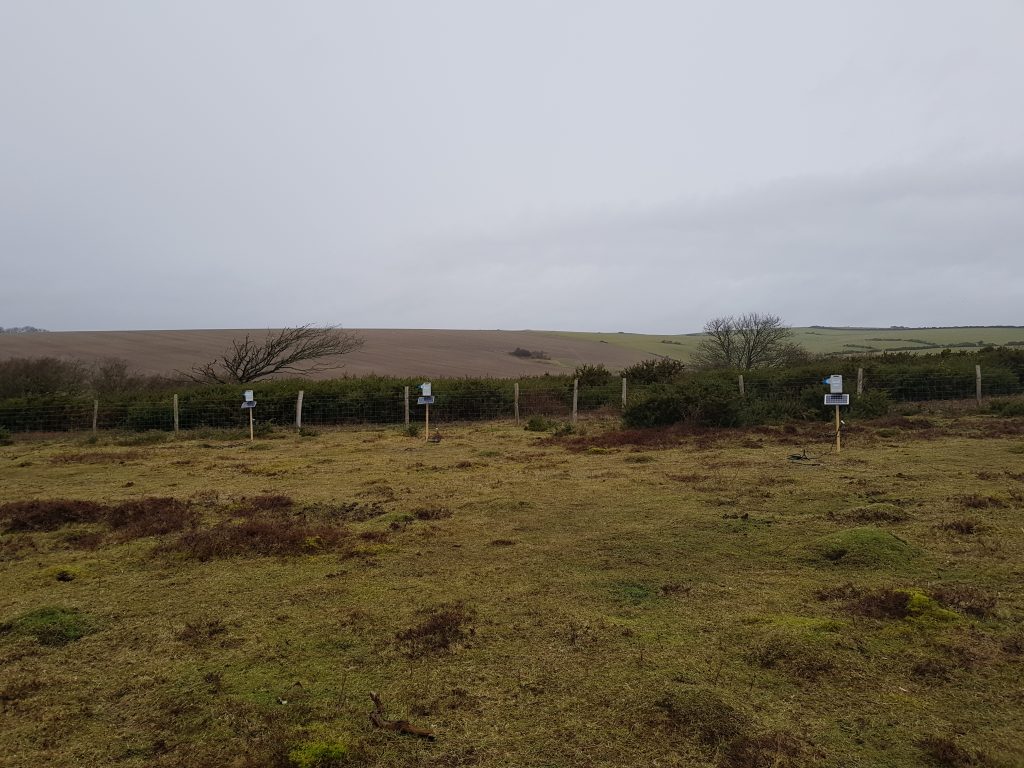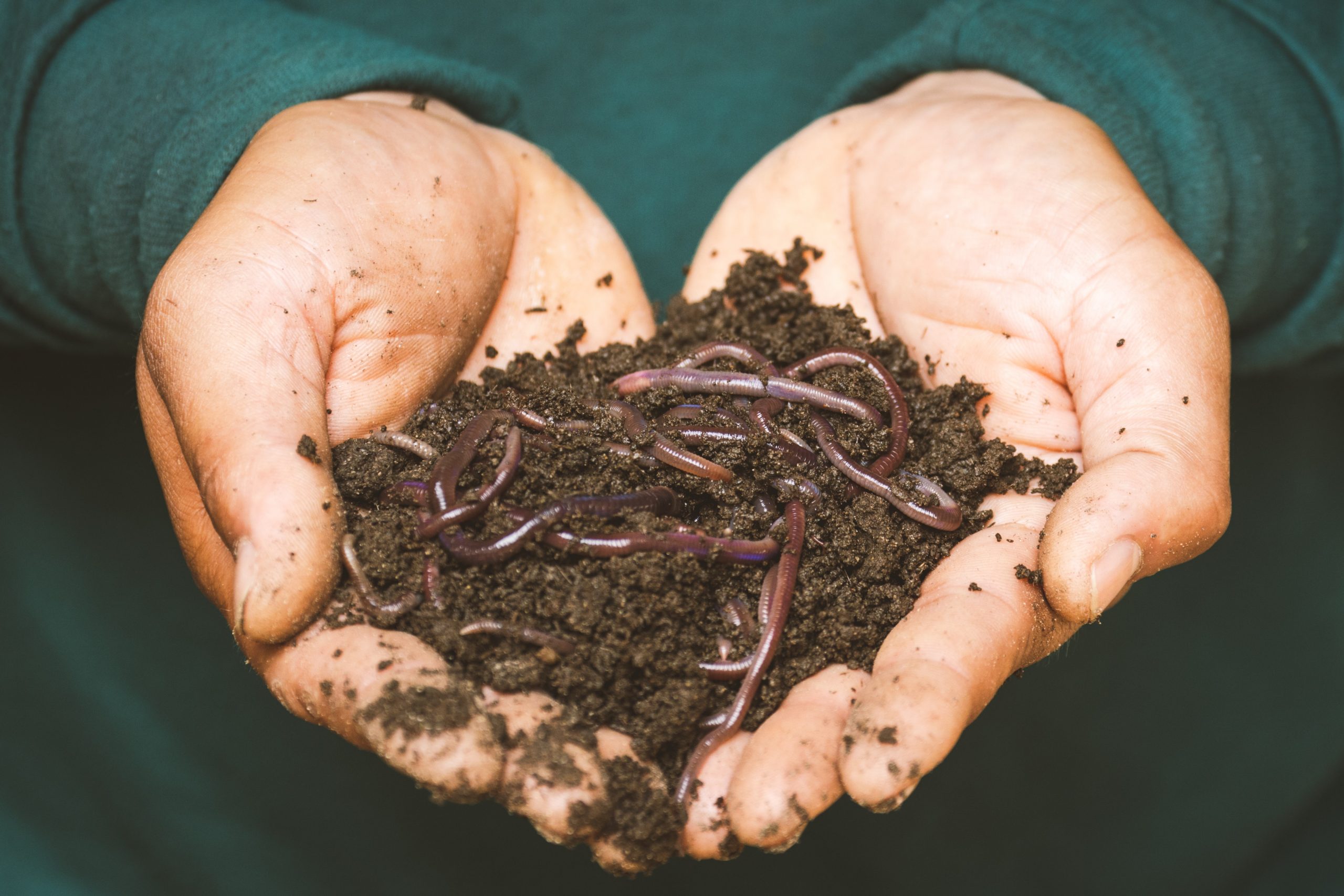We have finally been able to install some of our baseline monitoring equipment, which we are using at one of our pilot sites for the PROWATER project!
PROWATER is a partnership project that the South East Rivers Trust is delivering locally with Kent County Council and South East Water. The project will investigate the opportunities for ecosystem-based adaptation to water scarcity and climate change.
As water is a scarce resource in South East England, we are interested in understanding the impact of different habitats and land management options on the availability of water. A lot of our public water supply in the South East comes from groundwater stored in underground reservoirs, also known as aquifers. These aquifers are normally recharged by winter rainfall. The quantity and quality of water recharged is highly influenced by how the land on top of the groundwater body is managed. PROWATER aims to understand how to quantify the benefits from those different management options, and how to reward those managing the landscape, like farmers and foresters, for making choices that protect those water resources.


